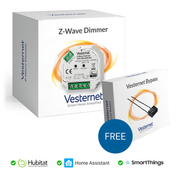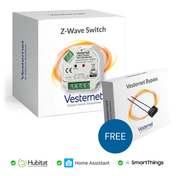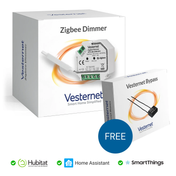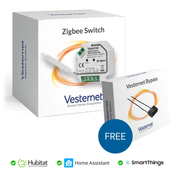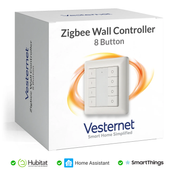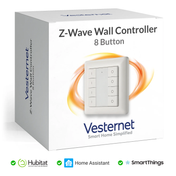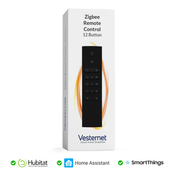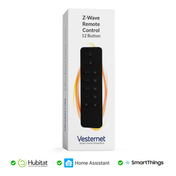Smart light switches are an excellent way to enhance convenience, save energy, and bolster security in your living space. In this blog post, you’ll learn everything you need to know about these innovative devices, from their types and functionality to their benefits and key features. Let’s dive in and discover how smart light switches work.
Key Takeaways
-
Smart light switches offer convenience, energy savings and improved home security.
-
Consider compatibility with existing devices, motion sensors and scheduling options when selecting a switch.
-
Integrating your smart light switches with other smart devices creates an efficient & secure home ecosystem.
Exploring the World of Smart Light Switches
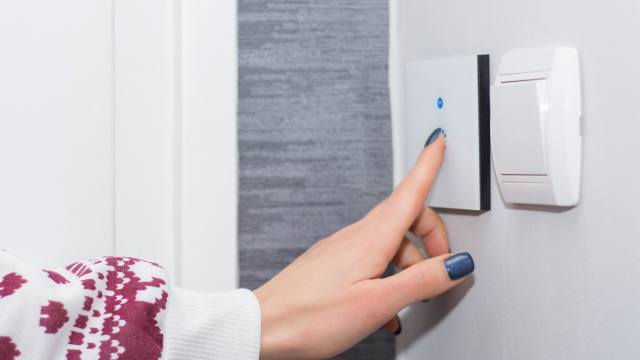
The world of smart home technology is becoming more advanced by the day, and smart light switches are no exception. In fact, most smart light switches represent the perfect marriage of convenience and efficiency, offering you the ability to control your home’s lighting remotely and automate your daily routines with a smart switch.
By understanding how smart light switches work, you can make the right choice for your home and elevate your living experience. With the right switch, you can save energy, reduce your electricity bills, and enjoy a more comfortable lifestyle.
What Are Smart Light Switches?
At their core, smart light switches are Wi-Fi-enabled devices that allow for customizable lighting control. Unlike traditional switches, smart switches offer a range of advanced features, such as remote control capabilities, three-way switch support, and built-in motion sensors. Furthermore, they can be linked to smart outlets and controlled using voice commands via a smart speaker, making them an indispensable part of any modern home.
While the installation process for smart light switches is slightly more involved than that of their simpler counterparts, unlike smart bulbs, the benefits they provide are well worth the effort. With a few basic tools and a bit of know-how, you can easily upgrade your existing light switches to smart ones and unlock a whole new world of home automation possibilities.
Types of Smart Light Switches
Smart light switches come in two main forms: in-wall (wired) and on-wall (battery-powered). In-wall switches offer increased reliability, security, and energy efficiency compared to on-wall switches, but may require more complex installation. On the other hand, on-wall switches boast convenience and ease of installation, as well as cost-effectiveness, making them an attractive option for those with wiring constraints.
While most smart switches require a neutral wire for installation, there are some models on the market that use batteries or alternative power sources to eliminate the need for this component. This flexibility ensures that there is a smart light switch available to suit every home and preference.
The Inner Workings of Smart Light Switches
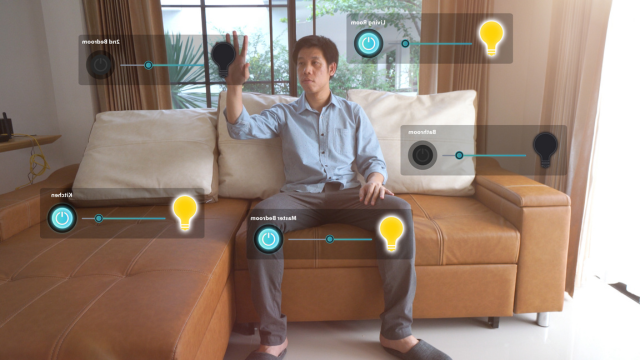
Smart light switches function by sending wireless signals to control smart lights via various communication protocols, such as Wi-Fi, Bluetooth, Zigbee, or Z-Wave. They communicate with smart bulbs and other smart hardware through your home’s Wi-Fi network connection, enabling seamless integration and control.
While the specific steps for connecting a smart light switch to your network may vary depending on the model, the process generally involves following the manufacturer’s instructions and utilizing a smartphone app to configure your new switch. This straightforward setup ensures that your smart light switch is ready to use in no time.
Advantages of Using Smart Light Switches
One of the most significant benefits of using smart light switches is their unparalleled convenience. With these devices, you can control your home’s lighting from anywhere, at any time, using a smartphone app or voice commands through a smart speaker. This heightened control allows you to create the perfect ambience for any situation, whether you’re hosting a dinner party or settling in for a movie night.
Another significant advantage of smart light switches is their potential to save energy and reduce costs. By integrating motion sensors and scheduling options, you can ensure that lights only remain on when necessary, minimizing waste and decreasing your electricity bill. Smart light switches can also improve your home’s security by deterring potential intruders through programmed lighting patterns.
Smart light switches are also highly compatible with other smart home devices, allowing seamless integration into your existing ecosystem. This compatibility ensures that your smart light switches work harmoniously with other devices, such as smart motion sensors and plugs, providing a fully automated and efficient living environment where smart switches work effortlessly.
Key Features to Look for in a Smart Light Switch

When selecting a smart light switch, it’s crucial to consider several key features to ensure that you’re making the best choice for your home. Compatibility is a top priority, as your new switch should work seamlessly with your existing smart devices and systems. This compatibility will enable you to create a cohesive smart home ecosystem that functions efficiently and reliably.
Another essential feature to look for in smart lighting is the presence of motion sensors. These sensors can automatically turn your lights on and off based on movement in the room, saving energy and adding an extra layer of convenience to your daily routine. Some smart light switches also offer scheduling options, allowing you to program your lights to behave differently at various times of day, further enhancing your home’s energy efficiency.
Finally, consider the type of smart light switch that best suits your needs, taking into account factors such as installation complexity, power source, and overall functionality. With a clear understanding of your preferences and requirements, you’ll be well-equipped to choose the perfect smart light switch for your home.
One-Pole vs. Three-Way Switches
When installing a smart light switch, it’s essential to determine whether a one-pole or three-way switch is best suited for your specific needs. A one-pole switch is used for general-purpose on/off regulation of a single fixture, while a three-way switch enables control of a single fixture from two different locations, such as opposite sides of a room.
To determine which type of switch is necessary for your installation, consider the number of switches currently controlling the power to your light. If a single switch controls the power, a one-pole switch is required. A three-way switch is necessary in order to control the power when two switches are used. This is because it allows each switch to control a separate light independently.
Understanding this distinction will ensure that you select the appropriate switch for your home and enjoy optimal functionality.
Integrating Smart Light Switches with Other Smart Devices
Integrating your smart light switches with other smart devices, such as smart speakers like Alexa, is a simple process that can greatly enhance your home automation experience. To do this, open the Alexa app, navigate to Devices, select the plug or light switch, access Settings, and choose Light as the Type. Once completed, you can control your smart lights using voice commands with Alexa, providing a seamless and convenient lighting experience.
Integrating your smart light switches with other smart devices and systems allows you to create a comprehensive and cohesive smart home ecosystem that offers unparalleled convenience, efficiency, and security. This seamless integration ensures that your home is perfectly tailored to your needs and preferences, providing a comfortable and enjoyable living environment.
Summary
Smart light switches represent a significant advancement in home automation, offering enhanced convenience, energy efficiency, and security. By understanding the types and functionality of these innovative devices and their key features and compatibility with other smart devices, you can make an informed decision and select the perfect smart light switch for your home. Embrace the future of home lighting and experience the unparalleled benefits of smart light switches today!
Frequently Asked Questions
How does a smart switch work in a home?
Smart light switches can turn lights on and off, adjust brightness or cycle through presets, and be controlled remotely or via voice assistant. They are connected to your home’s electrical system, and Wi-Fi enabled, allowing you to control them with a smartphone app or a home assistant device.
With a smart light switch, you can easily control the lighting in your home from anywhere. You can set schedules, dim lights, and even turn them off when you’re away. You can also control them with voice commands.
What are the cons of smart light switches?
Smart switches require a continuous power source and can be incompatible with three-way arrangements, making installation difficult.
They also need to be specifically configured to work with the existing light switch setup.
Do smart light switches work without Wi-Fi?
Smart light switches will still work without Wi-Fi, but their advanced features won’t be available. You’ll only be able to switch the lights on and off, as with a regular light switch.
However, with Wi-Fi, you can access a range of features such as scheduling, dimming, and voice control. This makes it easier to control your lights from anywhere in the world.
What is the main difference between in-wall and on-wall smart light switches?
In-wall smart light switches provide increased reliability, security, and energy efficiency while on-wall switches are more convenient and easier to install.

